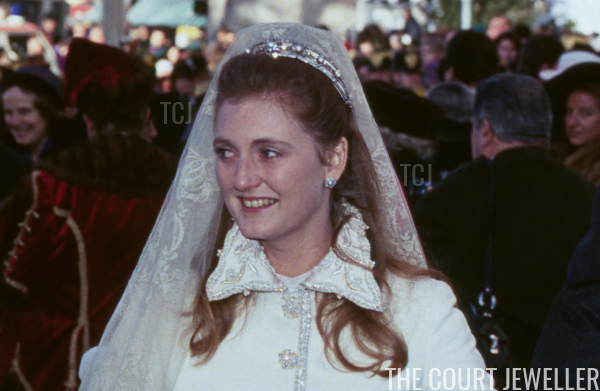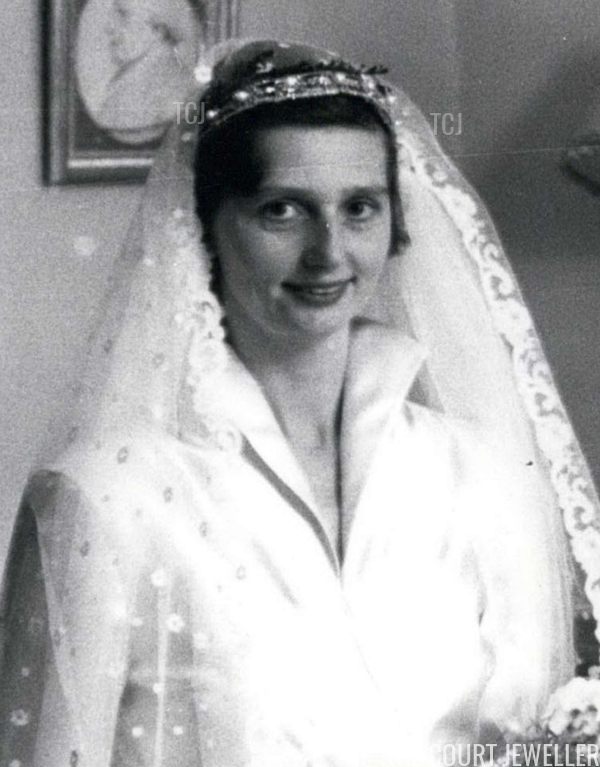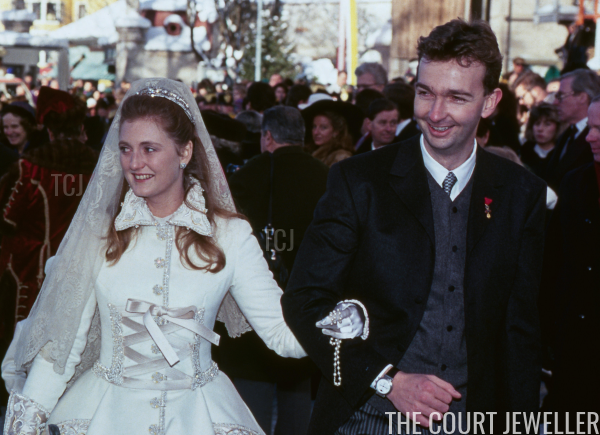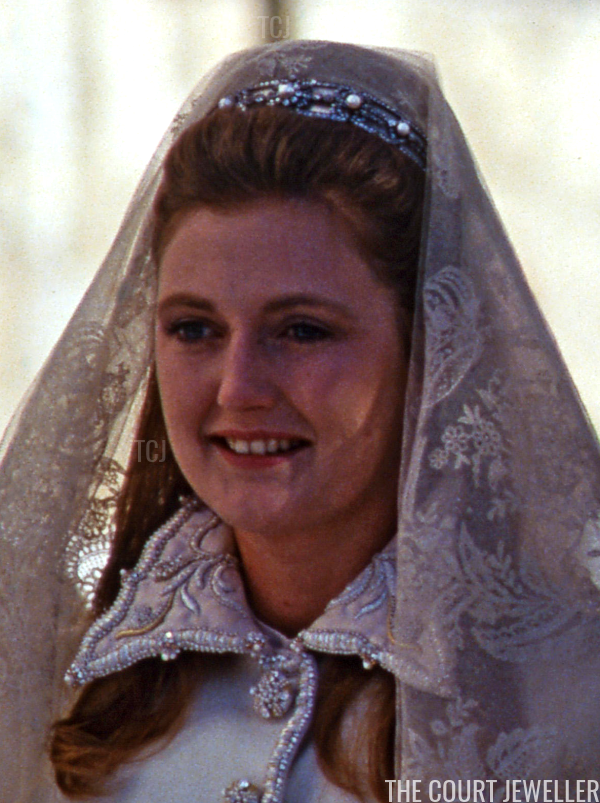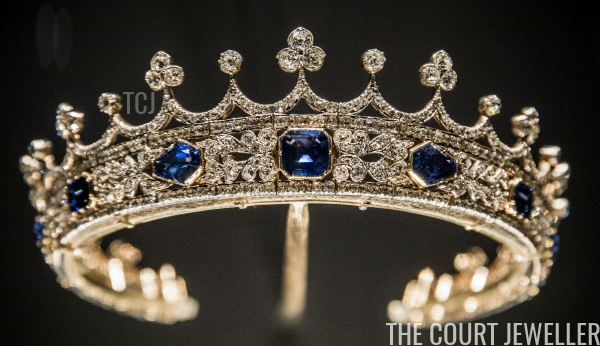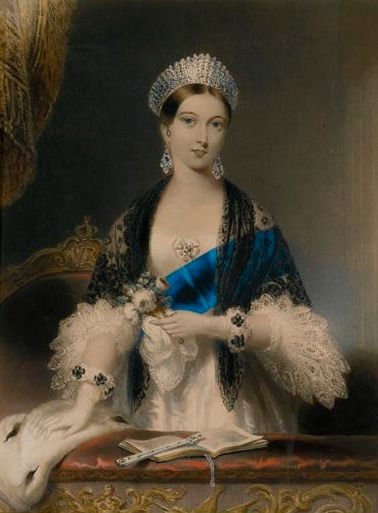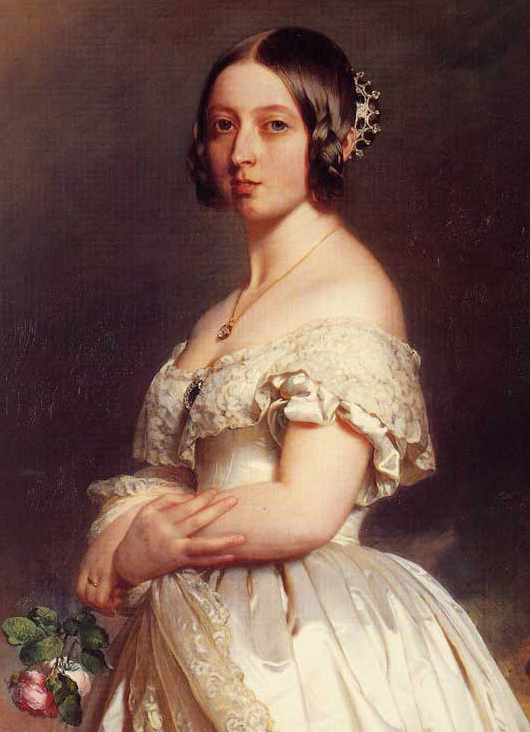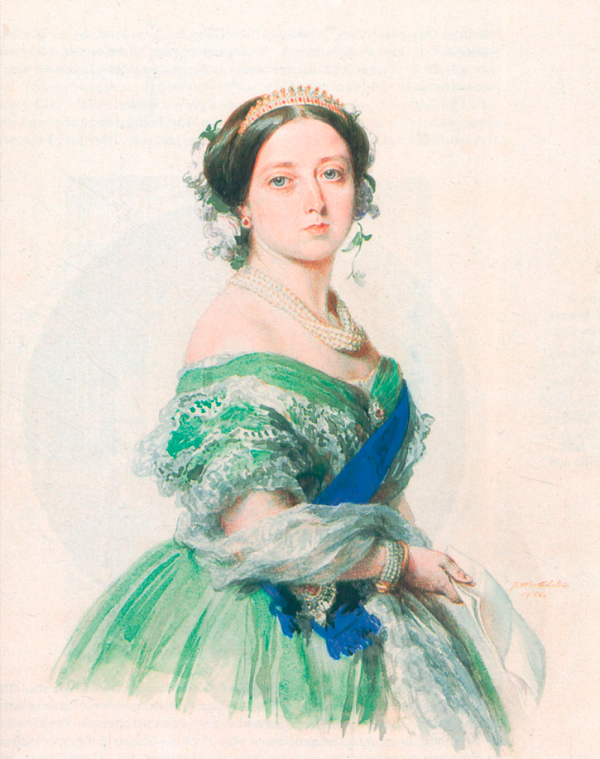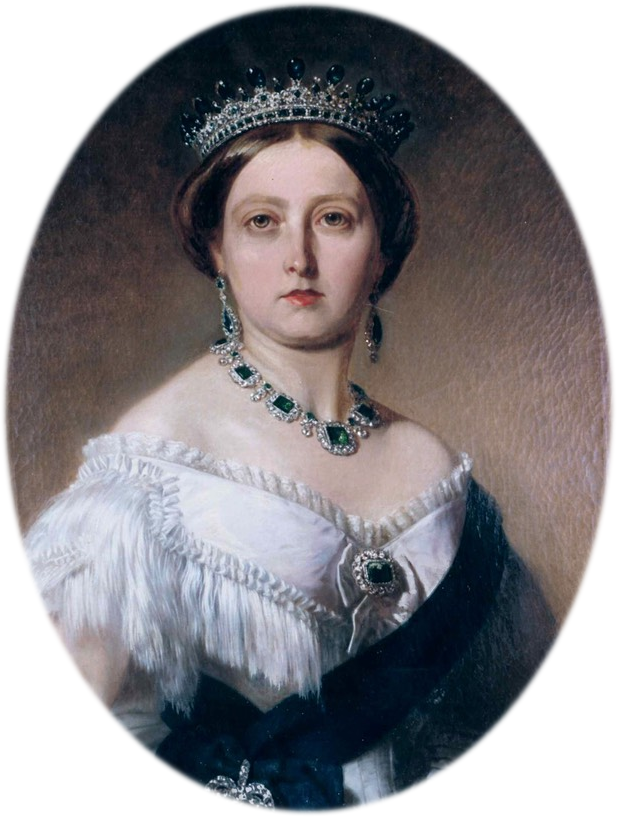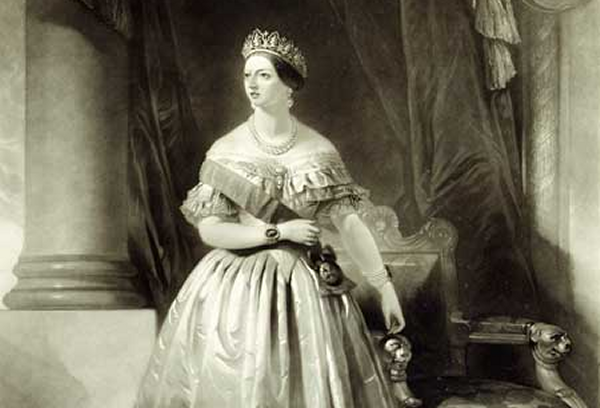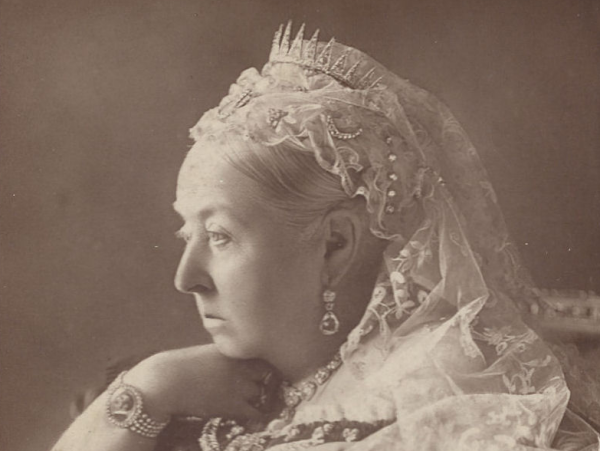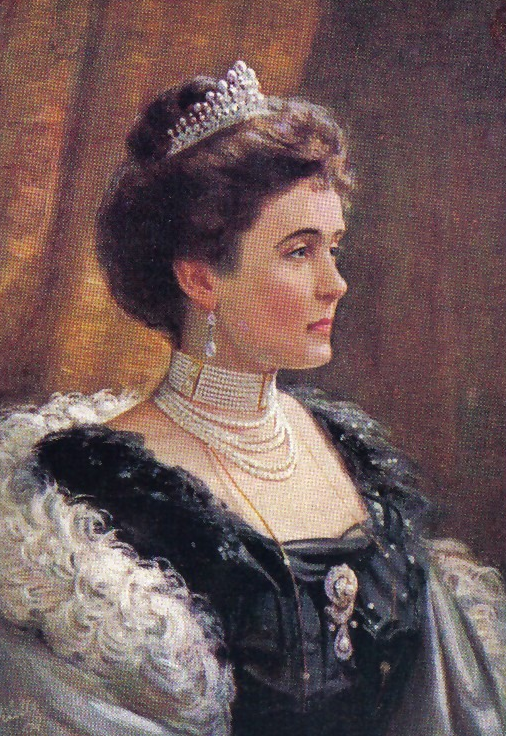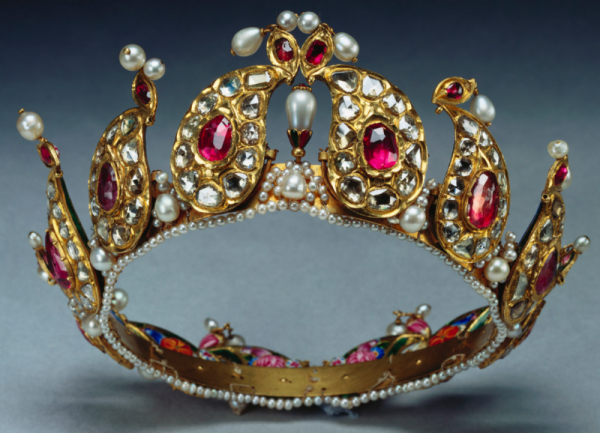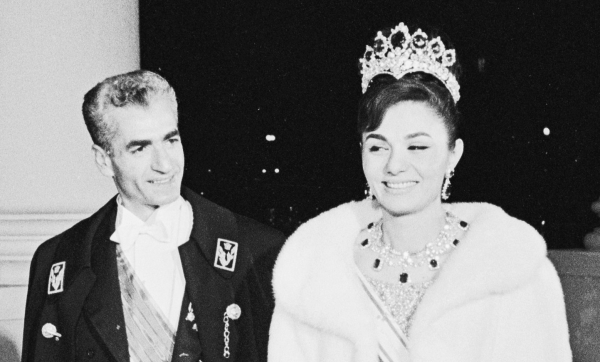 |
| Library of Congress/Wikimedia Commons |
In the 1950s and 1960s, it was hard to compete with the Pahlavi family in terms of sheer glitter power. This tiara was one of several that Farah Diba received when she married the last emperor of Iran, Mohammad Reza Pahlavi, in 1959.
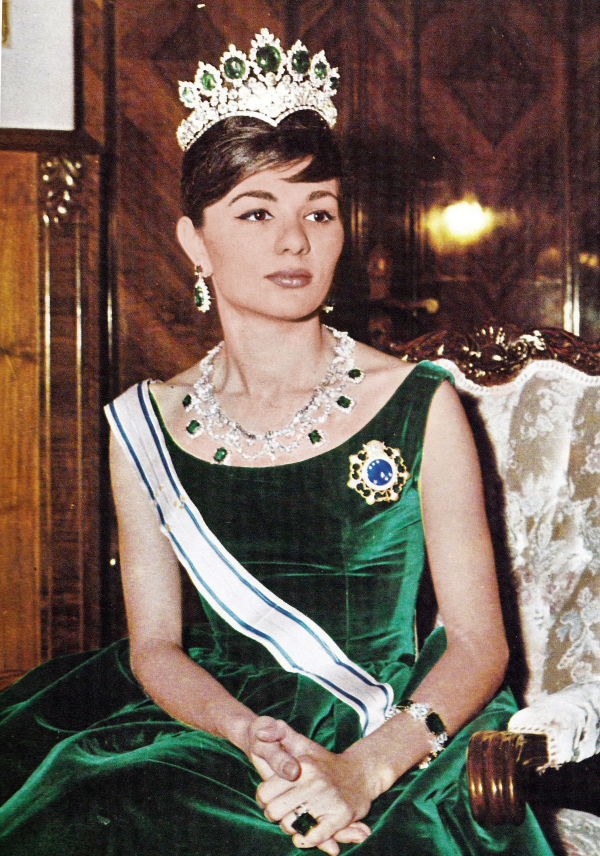 |
| Wikimedia Commons |
This tiara, named for the seven cabochon emeralds that are studded across the top of the piece, was made by Harry Winston in the same year that Farah became queen. The rest of the tiara is made of diamonds — nearly three hundred of them — in shades of pink, yellow, and white. One of the most unusual features of the piece is its base, which is curved, almost mimicking the wings of a bird. She posed for more than one photograph in the tiara, including the 1962 official portrait shown above. She often paired the piece with a necklace, bracelet, and ring set with rectangular, faceted emeralds.
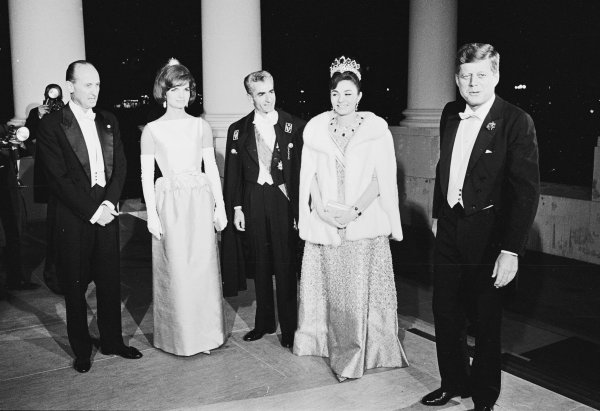 |
| Library of Congress/Wikimedia Commons |
Farah often took the tiara with her for important state visits. In April 1962, she wore the tiara for a state banquet at the White House in Washington, D.C., during a state visit to the United States.
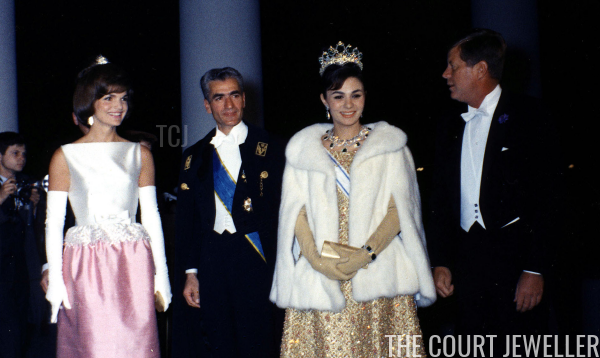 |
| Kennedy Library Archives/Newsmakers |
Here’s a color photograph from the same evening. You’ll also spot another famous jewel, Jacqueline Kennedy’s Sunburst Brooch, in the image. (More about the brooch over here!)
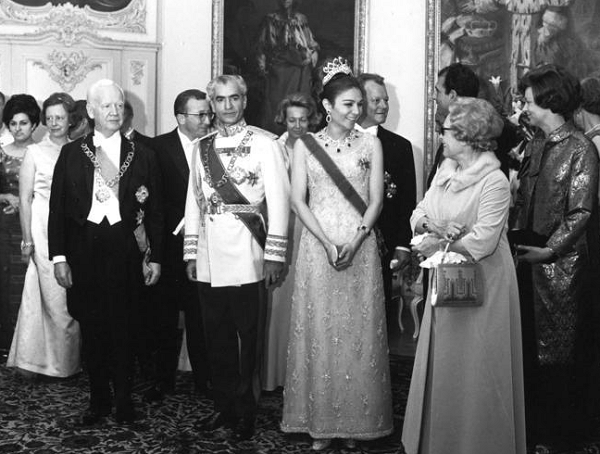 |
| German Federal Archives/Wikimedia Commons |
In May 1967, Farah brought the tiara with her on a state visit to West Germany, wearing it for a reception at Schloss Augustusburg in Brühl.
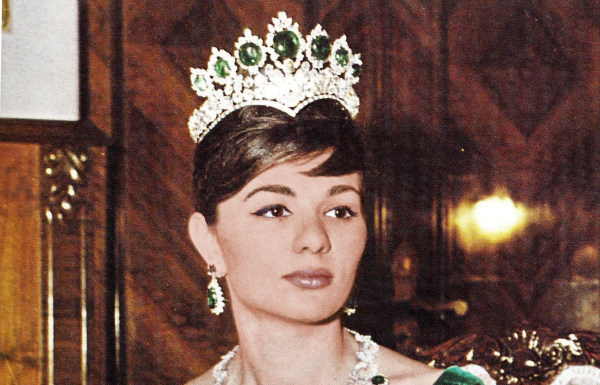 |
| Wikimedia Commons |
Like most of the rest of the imperial jewels, this piece was left behind in Iran when the family left following the revolution of 1979. (The jewels were and are considered state property.) You can see it, along with many other pieces, in the country’s Treasury of National Jewels, located in the Central Bank in Tehran.
